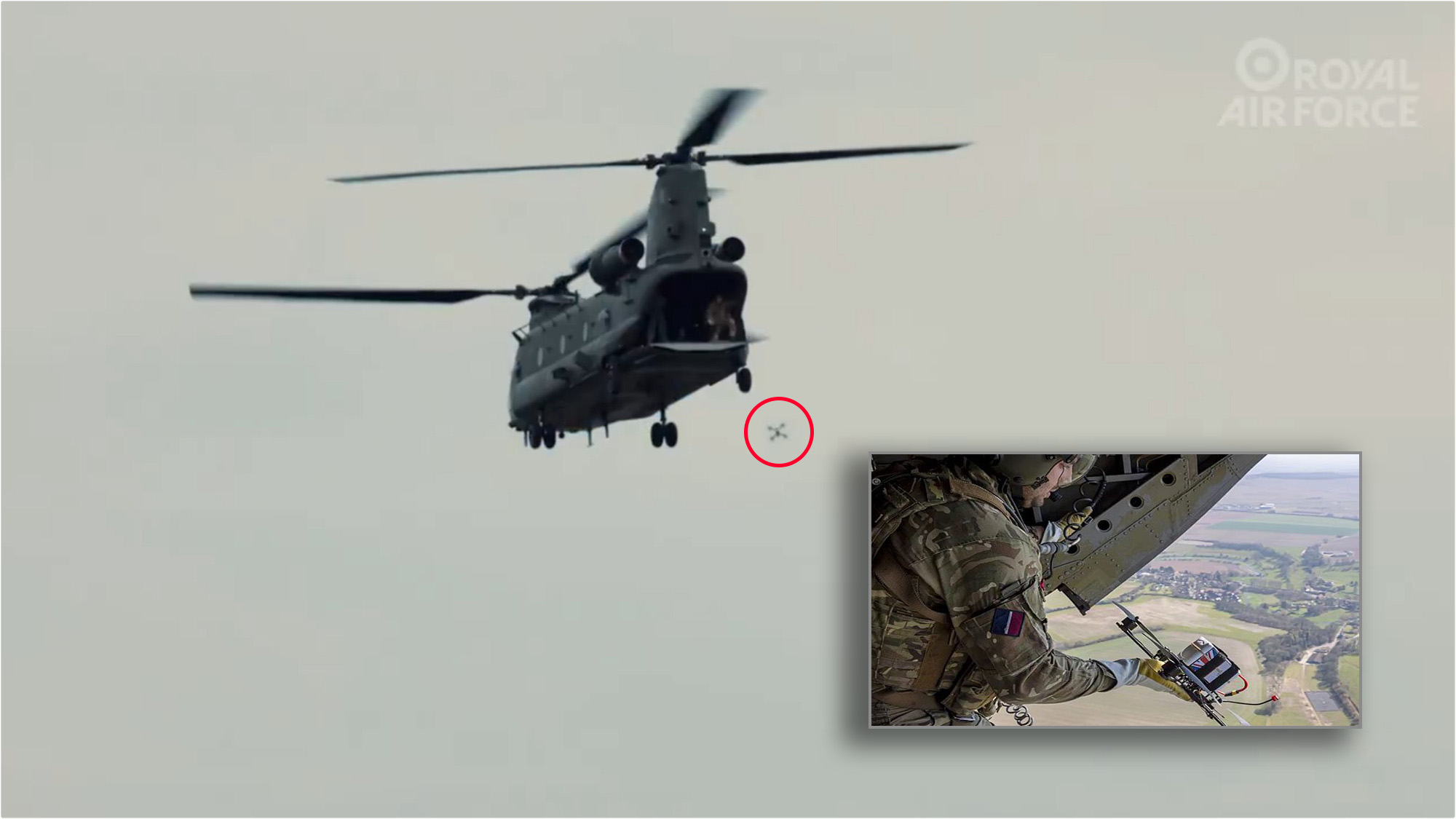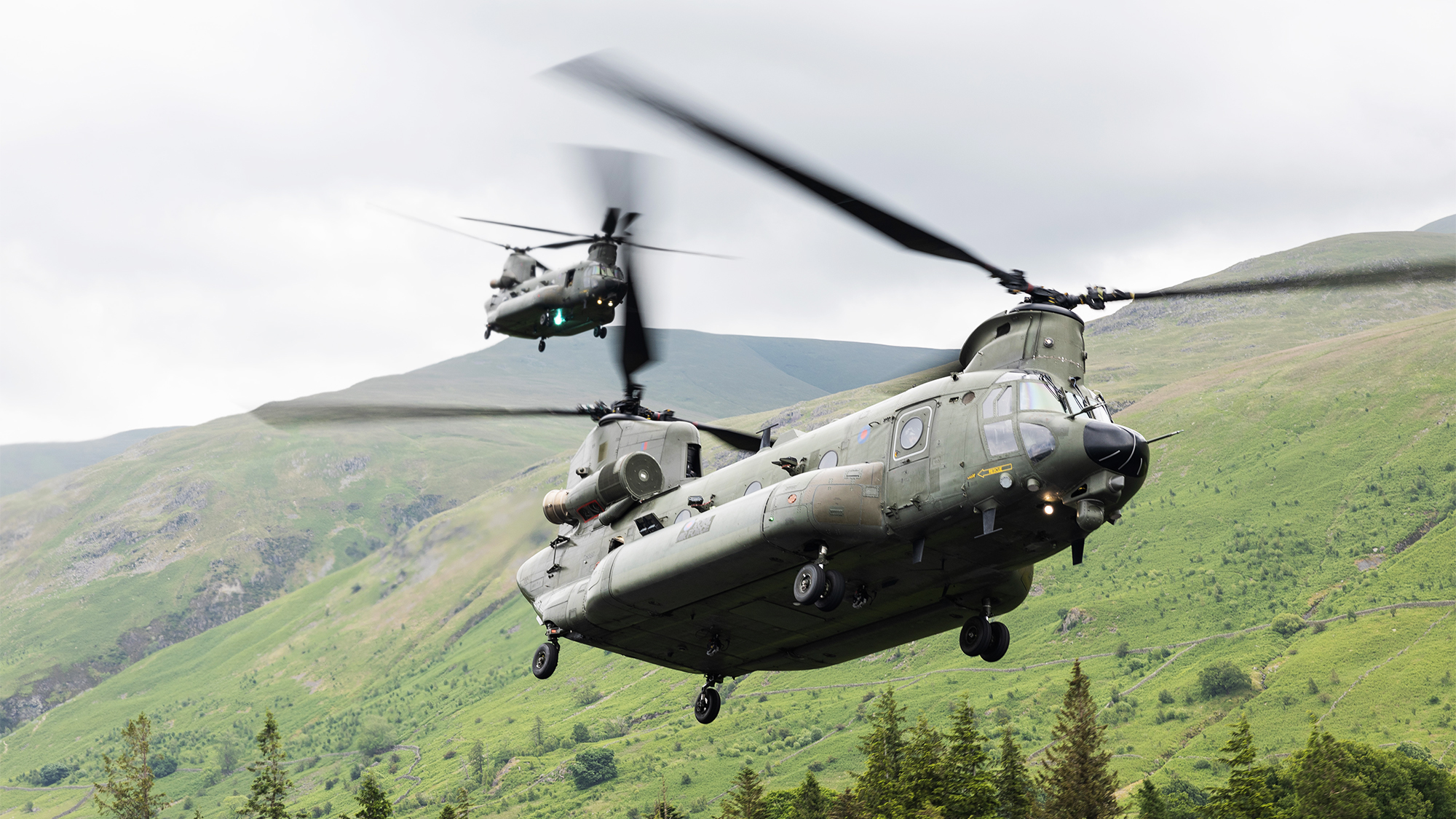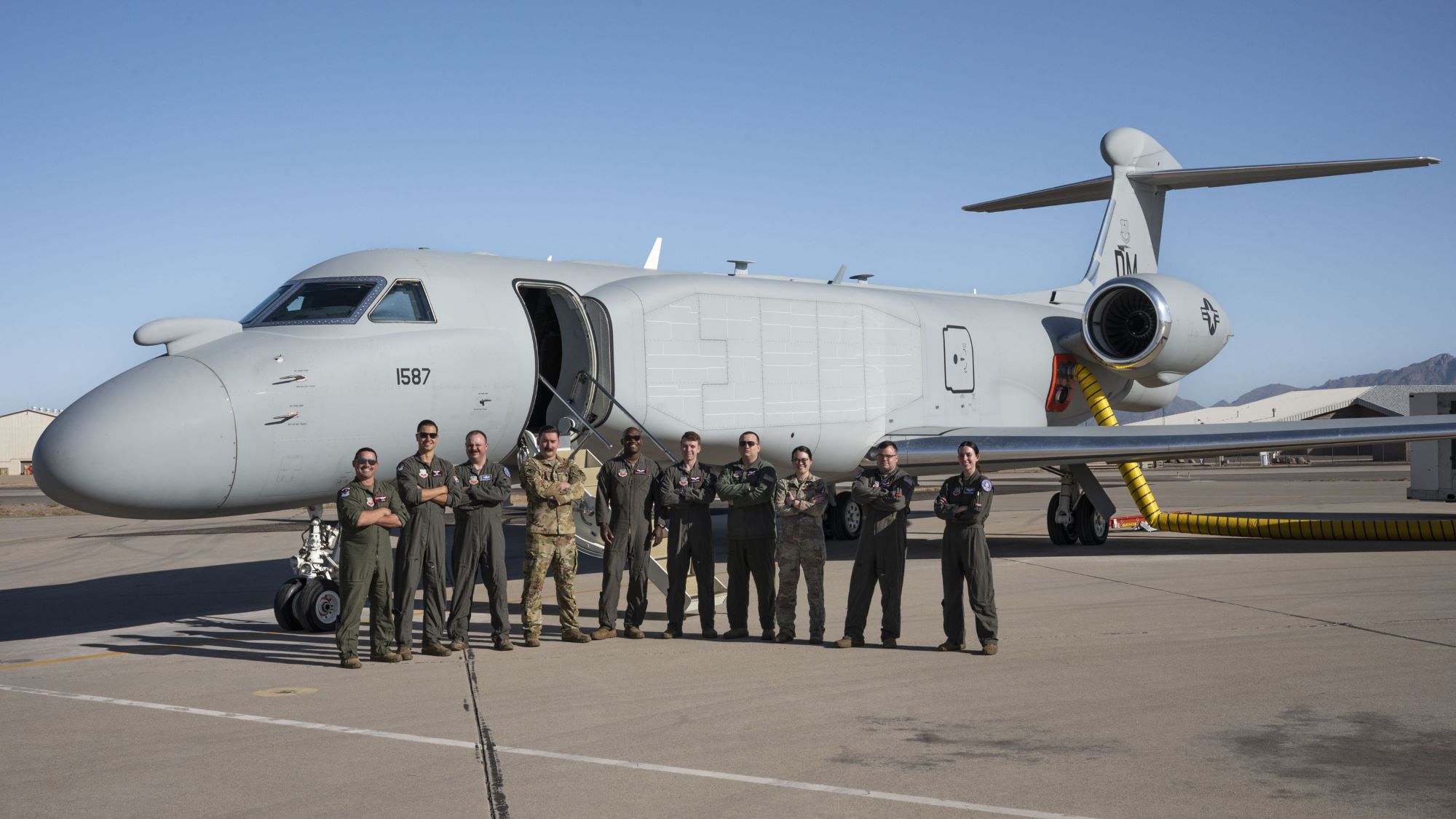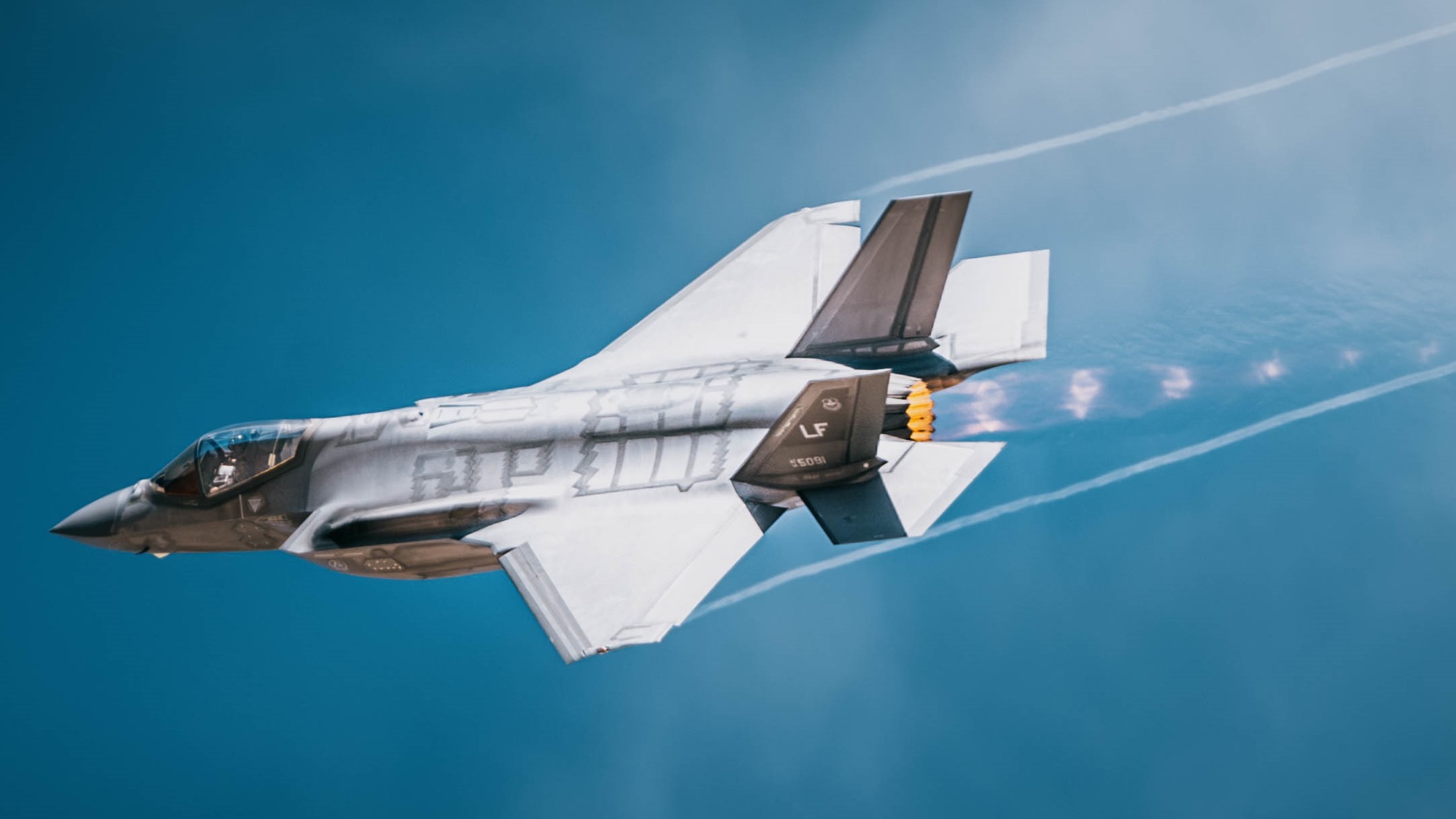Army eyeing ISR portfolio pivot, plans tests for 1,000-mile range launched effect
One Army official acknowledged that the future High Accuracy Detection and Exploitation System (HADES) might go through a program change.


A Bombardier Global 6500 aircraft. (Bombardier via US Army)
AAAA 2025 — The US Army is weighing changes to its multi-domain sensing mission, including program cuts, while also planning to demo a new, longer-range launched effect next year, according to two service officials.
“With this Army Transformation Initiative, the sky is not falling, but we are going to have to — on the acquisition side, material development side – relook at our programs and our requirements,” Laurence Mixon with the Program Executive Office for Intelligence, Electronic Warfare and Sensors, told reporters on Wednesday at the start of the AAAA conference in Nashville.
“There’s nothing … that we can say specifically on a specific program that’s going away or changing,” he later added. “But I will tell you, there is no longer an appetite to reinforce failure.”
Earlier this month, senior Army leaders begin rolling out significant changes to force structure and called for the outright cancelation of some major programs, like the Grey Eagle drone and M10 Booker light tank. Army Chief of Staff Gen. Randy George also promised more cancelations would be forthcoming.
So far, the service has not announced plans to cut big-ticket intelligence, surveillance and reconnaissance (ISR) programs. However, Mixon hinted there is “one program that’s not out there yet … [that] we’re going to make a pivot.”
“We just have not seen the performance, and we think we can do better on another path,” he added. While he declined to disclose what program it is, he said it is on the electronic warfare (EW) side of the house.
As for one high-profile program, the future High Accuracy Detection and Exploitation System (HADES), the director of the Army’s ISR Task Force, Andrew Evans, said there could be a change but asserted that the program is moving in a “positive” direction.
“The key question for HADES will be, how many systems do we require?” Evans told reporters. “It will not be whether we require it at all … until warfighters cease their demand for ISR.”
Last year the service selected the Sierra Nevada Corporation (SNC) to integrate its suite of capabilities onto the Bombardier Global 6500 jet under the HADES umbrella. The service plans to have an initial aircraft ready for the force by the end of 2026 or early 2027, and could acquire more than a dozen aircraft under a one-per-year buy, depending on budgets and the threat analysis.
While that HADES plan could shift based on shifting Army priorities, Evans said the service is planning to host a demo of a longer ranged, launched effects next year that could play into HADES operations.
Launched effects are essentially small drones that shoot out of something else mid-flight to collect information or strike targets. The service envisions an arsenal with at least three different ranges — short, medium and long — and is moving forward with the first two categories.
According to Evans, there is now a fourth category in the works — an ultra-long-range one that can fly out to 1,000 miles. After gathering info from industry, the Army plans to host a demo in 2026 where it will fly potential options off a commercial jet.
Feedback from that demo, he added, will be used to pave the way for how the service could proceed in acquiring a longer-ranged capability. If the technology is there, the unmanned system’s 1,000-mile range could provide HADES and other platforms (like high-altitude balloons or ground vehicles) with a greater standoff distance.


















































































































































